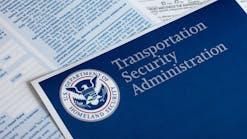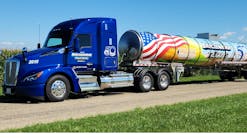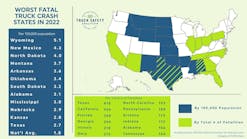Officials at US Customs and Border Protection (CBP) appear to be looking for ways to make the proposed empty container requirements more acceptable to the transportation industry. That was one of the positive developments coming out of a recent conference that included representatives from National Tank Truck Carriers and the American Trucking Associations. During the January 29 meeting on product residue in cargo tanks re-entering the United States, CBP officials touched on the following points:
CBP now wants to handle residue requirements by mode. “This is a major development that recognizes the differences between rail and the variety of unique trucking segments,” says Daniel R Furth, NTTC president. “Recall that this whole issue was predicated on an anomaly shipment by rail mode initially. CBP now says it will begin with a rail transport focus and will create a rail-specific group to meet (industry only) the first or second week in February. Sessions after that will include importers and other parties to the transaction.”
CBP wants to spend some time exploring in greater detail the relationships and roles of the various parties to the transaction, for instance, who is an importer of record and so on. CBP officials also said they want to further explore with NTTC and ATA the impact of residue requirements on small carrier entities.
CBP is investigating ways C-TPAT (Customs-Trade Partnership Against Terrorism) membership may be used as either leverage or a benefit for residue reporting. One idea is that C-TPAT membership would exempt carriers from reporting returning residue.
CBP is having discussions internally and will consult the mode-specific working groups as to whether the residue requirements should be rolled out simultaneously at both our northern and southern borders, or one border at a time.
CBP will issue a new Federal Register Notice, but has no timeline in mind. There is no estimated date for the start of a future pilot at this time.
“NTTC is extremely pleased that CBP reconsidered the varied operating challenges posed by these proposed border requirements,” Furth says. “We will continue to work with our coalition partners and the CBP to ensure that our member carriers can operate efficiently across the Canadian and Mexican borders.”









